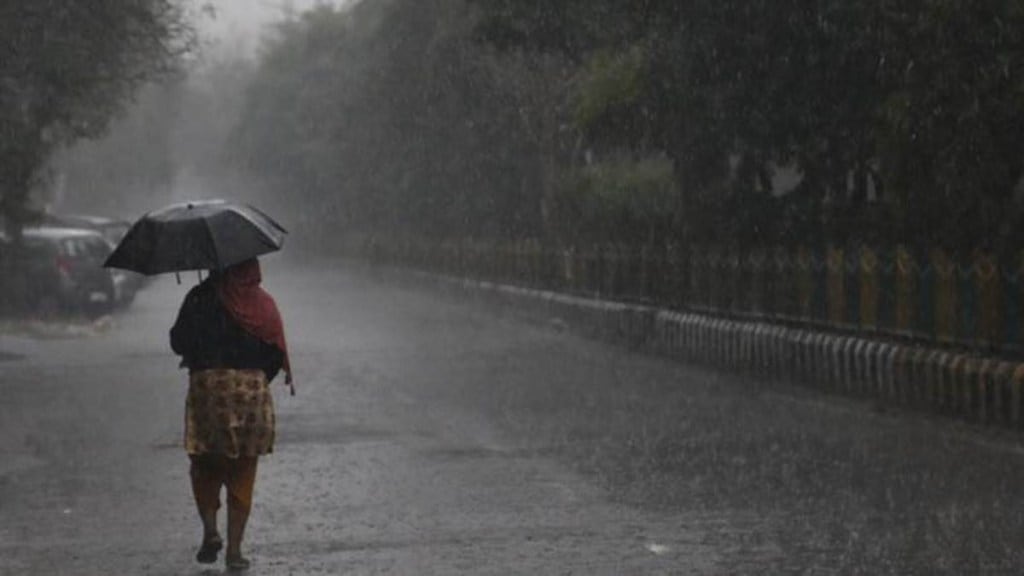El Niño would be at the “neutral level” during next three months and its real impact on the southwest monsoon could only be assessed by April, Mrutyunjay Mohapatra, director general, India Meteorological Department (IMD), said on Friday discounting fears that the weather phenomenon could weaken the forthcoming monsoon and hit agricultural yield & output in 2023-24.
“When we move towards monsoon months, many models are suggesting development of El Niño.
These predictions are based on January-February data which are considered not very good from climatological perspective,” Mohapatra told FE in an interview. He added that by April, a clear picture will emerge about formation of El Niño, when the met department will provide the first long-term forecast for monsoon.
The IMD’s comments follows the finance ministry’s statement on Thursday that “the predictions of a return of El Niño conditions in the Pacific could presage a weaker monsoon in India, resulting in lower output and higher prices.” The country is already experiencing elevated cereal inflation (16.1%).
El Niño is a climate pattern that describes the unusual warming of surface waters in the eastern tropical Pacific Ocean.
The US government weather agency, National Oceanic and Atmospheric Administration, in its forecast earlier this month had predicted that El Niño could return as early as June, when the southwest monsoon sets over the Kerala coast in its four-month journey producing 85% of rainfall India receives.
According to Mohapatra along with El Niño, there are other factors such as Indian Ocean Dipole (IOD) and Euroasian snow cover that impact the monsoon performance. “A positive IOD which is currently at the neutral level is good for the monsoon,” he said. However Eurasian snow cover, 9th lowest reported in the past 67 years in January, 2023 has inverse relationship with the southwest monsoon.
“The warmer climate in Europe makes the monsoon in India strong as the temperature difference between land and sea is higher,” Mohapatra said.
Recently private weather forecaster Skymet had stated ‘El Niño threat during the Indian monsoon 2023 is growing big and warming of equatorial pacific ocean has commenced’.
Monsoon is crucial for foodgrains production as around 50% of cropped areas in the country are rainfed. The monsoon rains replenish water reservoirs and are crucial for irrigation. Higher food grains output ensures adequate availability in the market and curbs the possibility of a spike in prices of commodities.
Because of normal monsoon rains last year, as per the second estimate of foodgrains production released by the agriculture ministry last week, total foodgrain production is also estimated to touch a record of 323.55 million tonne (MT) in the 2022-23 crop year, higher by 7.93 MT from the previous year.
The met department earlier this week had stated that for the second year in a row, heat waves are seen to hit the country’s wheat output, despite area under the key rabi crop remaining at elevated levels and scaling new highs.
“To counter higher temperatures, farmers should provide light irrigation for wheat and for horticulture crops, mulching is suggested which reduces the release of water vapours from the soil,” Mohapatra said.
Also read: FM Nirmala Sitharaman, Janet Yellen vow to address debt risks of EM economies
For the second year in a row, heat waves are seen to hit the country’s wheat output, despite area under the key rabi crop scaling new highs.
The IMD on Tuesday said for the first time in the current season higher day temperature prevailing in some parts of the country – maximum temperatures are above normal by 3-5 degree celsius in northwest, central & west regions – would not recede soon and could lead to an adverse effect on the standing wheat crop, which is approaching the temperature-sensitive reproductive growth period.

